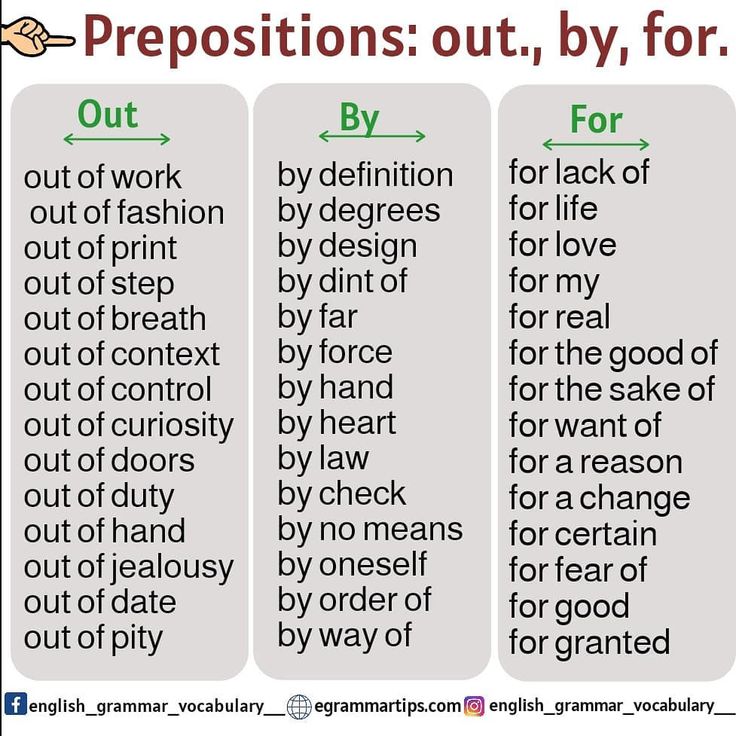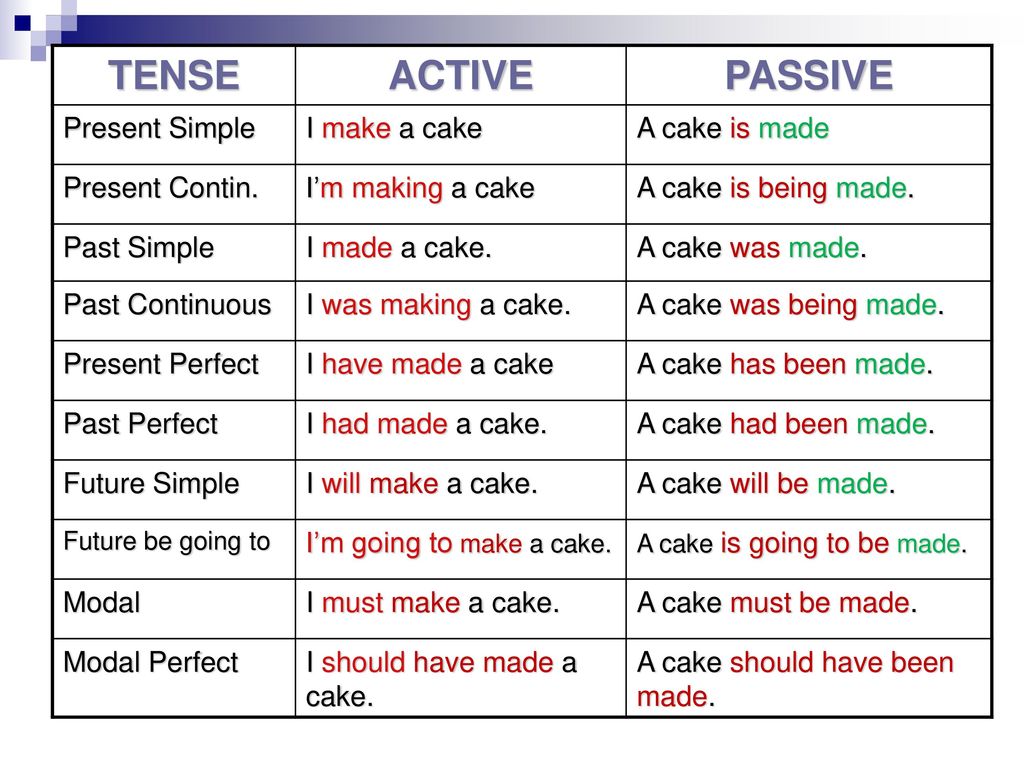The U.S. Department of Transportation (DOT) number stamped on the tire’s sidewall contains a date code that identifies the age of your tires. This DOT number (also called the Tire Identification Number or TIN) is contained in a sequence of up to 12 letters and numbers that signify the tire size, the manufacturer, the specific plant where it was built and when it was built. In the event of a recall, tiremakers and the National Highway Traffic Safety Administration use the DOT number to identify which defective tires are in the campaign. The date code used on tires is not a typical representation used for dates and can be easily missed by the untrained eye.
To determine the age of your tires, check the last four digits of the U.S.
Tires built from 2000 to the present use the last four-digits of the DOT number to identify the week and year of manufacture. For example, a DOT number with 4116 at the end of the sequence would mean that the tire was manufactured in the 41st week of 2016, or sometime in the mid-October.
While it is increasingly rare to find a tire made before 2000, these tires use only three digits in the date code for the week and year. A tire with a three-digit date code like 416 means that the tire was made in the 41st week of 1996.
Tire DOT Numbers Include a Date Code
(Source: National Highway Traffic Safety Administration)
Be aware that the complete tire DOT number is not required to be molded on both sides of the tire. While some tire makers include the full DOT number on both sides, the date code on your tires may only be contained on one side. If the DOT number is only eight characters, you’ll need to look on the other side of the tire to find the full number with the date code.
Why is it important to understand your tire’s age? Manufacturers have known for decades that exposure to heat and oxygen weakens rubber over time. Today’s tires are highly engineered products, with anti-aging chemicals mixed in the rubber compounds, along with others to make the rubber softer and more flexible. But, over time, the rubber and component materials within the tire changes and becomes more prone to failure. In most instances this loss of strength is invisible – and the material degradation is present regardless of tread depth and even in tires that have never even been put on a vehicle
Today’s tires are highly engineered products, with anti-aging chemicals mixed in the rubber compounds, along with others to make the rubber softer and more flexible. But, over time, the rubber and component materials within the tire changes and becomes more prone to failure. In most instances this loss of strength is invisible – and the material degradation is present regardless of tread depth and even in tires that have never even been put on a vehicle
Aged tires are more susceptible to catastrophic tread separations, which occurs when the tire’s outer layer separates from the tire body or casing. This type of failure can be much more dangerous for drivers to manage than a flat tire or blow out, particularly in trucks, SUVs and vans – particularly 15-passenger vans – because they are more prone to handling and stability problems.
While tread separations caused by manufacturing defects can occur in new tires, tires older than six years – especially those on vehicles located in hot-weather states such as if such as Arizona or Florida – are more prone to suffer a catastrophic tread separation.
According to the National Highway Traffic Safety Administration “Most vehicle owners can easily overlook tire aging, increasing their risk of a crash.”
Based on research showing that the rate of tire failures increases after six years, nearly all vehicle manufacturers recommend owners replace tires after six years, regardless of tread depth. Most tire manufacturers recommend replacement at 10 years or that owners follow the vehicle manufacturer’s guidelines. Tire makers continue to insist that expiration dates are not necessary, yet, nearly all passenger and light truck tire warranties expire at six years. Some tire retailers have also adopted the tire age recommendations and will not service vehicles with tires that are beyond the manufacturers age recommendation.
Consumers should also check the DOT code when buying new replacement tires. Some retailers will sell a “new” tire that has actually been sitting in their inventory for years. That tire could have been improperly stored in a warehouse or outdoors exposed to high temperatures that reduce a tire’s robustness and useful life.
That tire could have been improperly stored in a warehouse or outdoors exposed to high temperatures that reduce a tire’s robustness and useful life.
Consumers should insist on replacement tires manufactured within months of the purchase date. And, regardless of tread depth, vehicle owners should replace their tires six years and older.
Call us if you believe a defective tire caused your accident. The team at Newsome Melton can review the facts of your case and determine if we believe you have a valid claim for compensation. If we feel you have a strong defective tire case against the manufacturer, we can navigate the claims process on your behalf and potentially recover compensation to pay for your medical bills, lost wages, vehicle repair or replacement, or other losses.
Call us today at 888-221-5316 or contact us through our online chat. We offer free reviews and handle many of these claims on a contingency fee basis. This means we do not recover compensation unless you do.
This means we do not recover compensation unless you do.
Are you having difficulties reading the DOT number of your tires? Do you want to know how to read tire date codes? If you have lost the receipt of your purchase, you might be having difficulties knowing the exact age of your tires. This issue is common and you can find the solution from your tires. Just observe your tires, you will get the answer.
*Picture Copyright: UTires.com
How to Read Tire Date Codes?Whether you are financing your tires or purchasing them, it is important to understand how to read tire date codes. The numbers are present on tires only. You just need to know how to get them. You might have difficulties while reading codes on old tires. Keep reading to know how old your tire is.
Look at all the sides of the tires. There are a bunch of numbers and letters. It might seem like a jumble. But this is helpful information about the tire. Find the number that starts with DOT and followed by ten to twelve series. This code will reveal a lot of things about your tires. You will know the tire size, year, and place of the manufacturing with the unique code of the manufacturer. You can also rent a wheel payments to know more about tires. Once you rent a tire payments, you will not have to be bothered about the manufacturing year. They will take care of this. You just need to look for a rent a wheel return policy to make it more beneficial for you.
Tires Manufactured 2000 & AfterRemember that the last four digits of the code are the date the tire was manufactured. You can check the first two digits of the DOT code to know the week of the manufacturing. The last two digits will reveal the manufacturing year. For instance, when it was written in 0203, the manufacturing year was 2003. But it is a bit tricky to know the manufacturing year of tires manufactured before 2000.
For instance, when it was written in 0203, the manufacturing year was 2003. But it is a bit tricky to know the manufacturing year of tires manufactured before 2000.
You need to check the last three digits of the DOT code. Check the first two digits to know the week. For instance, when the last three digits read 022, you should understand that the tire was manufactured in the 2nd week of that year. You might be thinking about how to know the year. The year is the 2nd year of that decade. It is easy to get confused to know the decade. It might be harder to know the exact decade. There might be some other indications to know the year.
*Image Copyright from kilgoretirecenter.com
What About the Incomplete DOT NumbersIncomplete DOT numbers mean the current DOT regulations demand the complete number to be written on one sidewall only. When you find a few digits on the opposite sidewall, you can check the other sidewall to find the complete DOT number.
Now you know how to read tire date codes. You can simply check at the sidewalls of tires to avoid any further confusion. Also, never lose your purchase receipt. If you do so, you might not get the warranty benefits. So, keep the receipts in a safe place and avoid any confusion by checking the DOT code. Whether you are interested in learning about wheel alignment or more about DOT numbers, our professionals here at Dan the Tire Man can answer your inquiries.
Do not know how old your tires are, and do not know where to look for the date of manufacture of tires? Don't worry - this is a common problem. We can show you the date of manufacture of a tire and teach you how to quickly find out the date of manufacture of your tires.
You can find out the year of manufacture of rubber on the sidewall of the tire in an oval stamp in the form of 4 digits, for example: 1612. The first two digits mean the week of manufacture, the last two - the year. In our case, week 16 is April 2012. nine0005
The first two digits mean the week of manufacture, the last two - the year. In our case, week 16 is April 2012. nine0005
If you look closely at each of your tires, you will see a bunch of letters and numbers. While this may just look like confusion, it's actually useful information. Look for a number that begins with the letters "DOT" followed by a series of 10-12 characters. This code, which is required by the US Department of Transportation (DOT) and applies worldwide, will tell you a few things:
The date of manufacture is the last four digits of the DOT code. The first two digits are the week of manufacture and the last two digits are the year. For example, if the last four digits of the DOT code are 0203, this means that the car tire was manufactured during the second week of 2003. Pretty simple, right? However, if your tires were made before 2000, things get a little more complicated. nine0005
Pretty simple, right? However, if your tires were made before 2000, things get a little more complicated. nine0005
The date of issue is the last three digits of the code. The first two digits refer to the week in that year. For example, if the last 3 digits are 022, this means that the car tire was produced in the second week of the year, and the year is the second year of the decade. Here's where it gets confusing - there's no universal identifier that specifies which decade, so in this example, the tire could have been made in 1982 or 1992. Some tires have a small triangle following the DOT code to indicate 1990s.
If you look at the sidewall of the tires and see a DOT number that seems incomplete, it's because current DOT regulations require the entire number to be on only one sidewall, while only the first few digits are on the opposite sidewall. To see the entire DOT number, just look at the other side wall.
After five years of storage, tires lose their performance, regardless of whether the storage conditions were observed or not. Therefore, it is not recommended to use car tires with a manufacturing date older than five years. nine0005
The average shelf life of tires, declared by the manufacturer, is 7-10 years, depending on seasonality - harder summer tires on a car last longer than soft winter ones.
Amtel, Barum, Bridgestone, Continental, Cooper, Cordiant, Dayton, Debica, Goodyear, Dunlop, Falken, Firestone, Fulda, General, Gislaved, Hankook, Kama, Kelly, Kleber, Kormoran, Kumho, Marshal, Matador, Maxxis, Michelin, Nitto, Nokian, Pirelli, Sava, Semperit, Tigar, Triangle, Toyo, Uniroyal, Yokohama. nine0005
However, don't pay too much attention to the age of the tires when buying, especially if they are less than two years old. Practice shows that such automotive rubber is no worse than the one that was made just a month ago. And the performance and durability of tires primarily depends on their original quality. Choose quality tires.
Practice shows that such automotive rubber is no worse than the one that was made just a month ago. And the performance and durability of tires primarily depends on their original quality. Choose quality tires.
If you are looking for replacement wheels, then use our online tire calculator with updates for 2022 in the next section tire calculator. nine0005
Author: Igor Gushcha
Contents
If you look closely at each of your tires, you will see a bunch of letters and numbers. While this may just look like confusion, it's actually useful information. Look for a number that begins with the letters "DOT" followed by a series of 10-12 characters. This code, which is required by the US Department of Transportation (DOT) and applies worldwide, will tell you a few things:
While this may just look like confusion, it's actually useful information. Look for a number that begins with the letters "DOT" followed by a series of 10-12 characters. This code, which is required by the US Department of Transportation (DOT) and applies worldwide, will tell you a few things:
For year 2000 tires
Date of manufacture is the last four digits of the DOT code. The first two digits are the week of manufacture and the last two digits are the year. For example, if the last four digits of the DOT code are 0203, this means that the car tire was manufactured during the second week of 2003. Pretty simple, right? However, if your tires were made before 2000, things get a little more complicated. nine0005
The date of issue is the last three digits of the code. The first two digits refer to the week in that year. For example, if the last 3 digits are 022, this means that the car tire was produced in the second week of the year, and the year is the second year of the decade. Here's where it gets confusing - there's no universal identifier that specifies which decade, so in this example, the tire could have been made in 1982 or 1992. Some tires have a small triangle following the DOT code to indicate 1990s.
For example, if the last 3 digits are 022, this means that the car tire was produced in the second week of the year, and the year is the second year of the decade. Here's where it gets confusing - there's no universal identifier that specifies which decade, so in this example, the tire could have been made in 1982 or 1992. Some tires have a small triangle following the DOT code to indicate 1990s.
If you look at the sidewall of the tires and see a DOT number that seems incomplete, it's because current DOT regulations require the entire number to be on only one sidewall, while only the first few digits are on the opposite sidewall. To see the entire DOT number, just look at the other side wall.
The tire release date is always stamped on the following tire manufacturers:
Amtel, Barum, Bridgestone, Continental, Cooper, Cordiant, Dayton, Debica, Goodyear, Dunlop, Falken, Firestone, Fulda, General, Gislaved, Hankook, Kama, Kelly, Kleber, Kormoran, Kumho, Marshal, Matador, Maxxis, Michelin, Nitto, Nokian, Pirelli, Sava, Semperit, Tigar, Triangle, Toyo, Uniroyal, Yokohama.